New Miradero
How the yearbook is bouncing back from the pandemic
Without the challenges of “Reconnecting…” during COVID-19, the yearbook this year is making major changes.
In a world shaken by a global pandemic where our only outlook was through the lens of a webcam, the longing for collective memories was immense. As we awaited the yearbook in the 2020-2021 school year—after a year full of social isolation and distance—the yearbook struggled to keep up with the demand.
Previous staff member and current Co-Editor-in-Chief Charlie Johnson (‘22) explained some of the adversity in creating a typical yearbook in a year full of atypical experiences and circumstances. “Last year, we were expected to put together a totally normal yearbook with totally normal things.We were supposed to have sports spreads while knowing that most sports didn’t end up happening last year,” she said. COVID-19 took away the community, and the yearbook team was asked to create a community book. What a conundrum.
El Miradero, translated as “The Lookout” in Spanish, is the one historical record of student involvement at our school over the course of the year. “The yearbook is a great way to look back on the past school year and activities,” detailed Will Keefe (‘23). However, creating that historical record proved very difficult in the pandemic era. In hybrid mode, many school events were postponed or did not happen at all. Consequently, the quality of the yearbook decreased, at least according to Charlie and Co-Editor-in-Chief Maddie Keck (‘22). However, the new editors of the yearbook believe they can create a better yearbook with the new opportunities provided to them by the 2021-2022 school year.
Maddie added that as COVID-19 forced the yearbook’s staff to remain at home, they were given fewer opportunities to take meaningful photos. “Last year’s yearbook was most definitely not up to our expected quality standards,” she explained, further detailing that “the photographers had to work within the parameters of both Bishop’s and the Centers for Disease Control and Prevention’s (CDC)’s guidelines, meaning that for a majority of the school year, they were only able to hangout with, and therefore take photos of, people within their ‘bubble.’”
The difficulties posed to the yearbook team meant that only 29.9% of the community were featured in tagged pictures other than their official school portrait. This year, though, Maddie and Charlie plan on reaching out to all grades, especially middle schoolers that they recognised were previously underrepresented in the book. It’s especially important to do so now, according to Elise Watson (‘22). “We have been through a pandemic, this is the first year of normalcy, and on top of that we are planning the rest of our lives. A yearbook recognizes all that effort and struggle and helps us see the positive moments that we didn’t get time to appreciate or did not get to celebrate for other people,” she said.
The effort to reach out and compile a more diverse range of perspectives represents a shift from last year’s norm of texting friends for photos, which—according to Maddie—was perpetuated by inaction and ease of access. “Because Maddie and I recognize that there was not a very diverse and inclusive representation of the student body in the yearbook last year, we want to make sure that we can get as many people in it this year as possible,” Charlie said.
Now that inclusion is paramount to the mission of the new yearbook, Maddie and Charlie also believe that they can improve the accuracy of community tagging. The staff makes an effort to place names next to photos for identification purposes, making it easier for community members to find photos of themselves and their friends. Unfortunately, those tags can often be inaccurate or spelled incorrectly, as Nat Sierra-Vargas (‘22) can attest to after being confused for Natalie Goldwasser (‘22) in the previous yearbook. “It made me laugh but I don’t know how they confused us,” Nat said. Tagging teachers and students correctly can be challenging for such a small yearbook staff, especially when masks block the bottom half of faces.
In an effort to solve this problem, the editors plan on inviting representatives from each grade level to come to a yearbook meeting and tag members of their grades in photos that the yearbook staff can’t determine on their own. “While in my personal spreads, I know that I made sure to [tag people] on my own time, it is a necessity for the whole yearbook team to make sure that we are using our resources to label people correctly,” Charlie said.
Additionally, some of the yearbook staff had some difficulty getting their spreads in on time. Because the staff was unable to put together enough photos in time for the deadline to send the book to print, the yearbook was delayed and printed later on in the year. The finished version didn’t arrive to students until August. Although understandable with COVID-19 challenges, the new editors believe they can prevent such delays for this year’s copy of the yearbook.
“We want to have the pages done prior to the deadlines so that each page has sufficient time to be looked over and that the yearbook can be distributed on time,” Maddie said. To her and Charlie, keeping up with deadlines on quality photos and spreads is crucial to creating a quality yearbook, because it allows for the staff to gather better photos over the year.
As the student editors bring in new methods to improve the publication from last year, the yearbook continues. With a new cycle, a new record of a year at Bishop’s is in the works, showing how our lives are lived as time progresses. The copies of the yearbook found at the bottom floor of the library still serve as both a memory for those who attended Bishop’s when they were produced, and as a looking glass into the past. History classes decades from now will copy the classes of today, descending into the reading room of the library and watching us live through one of the epochal events of the 21st century: the COVID-19 pandemic. The actions of the yearbook staff today will teach the students at Bishop’s tomorrow.
Only time can tell whether the yearbook we receive this year will improve in its quality. However, with new policies and leadership, there are reasons to hope. The importance, of a quality yearbook cannot be overstated: both to the school at large and especially to the seniors, of whom this yearbook will be the accumulation of their last memories on this campus. “As seniors, we are too stressed right now to see it, but good things in life are happening and a yearbook gives us a chance to not miss those moments,” Elise explained. Let’s hope this Miradero has many windows to see our living community at work.

Kyle Berlage joined The Tower as a freshman in 2018. Was he a terror then? Yes, but so were others on staff. After all, if all your friends jump off a...


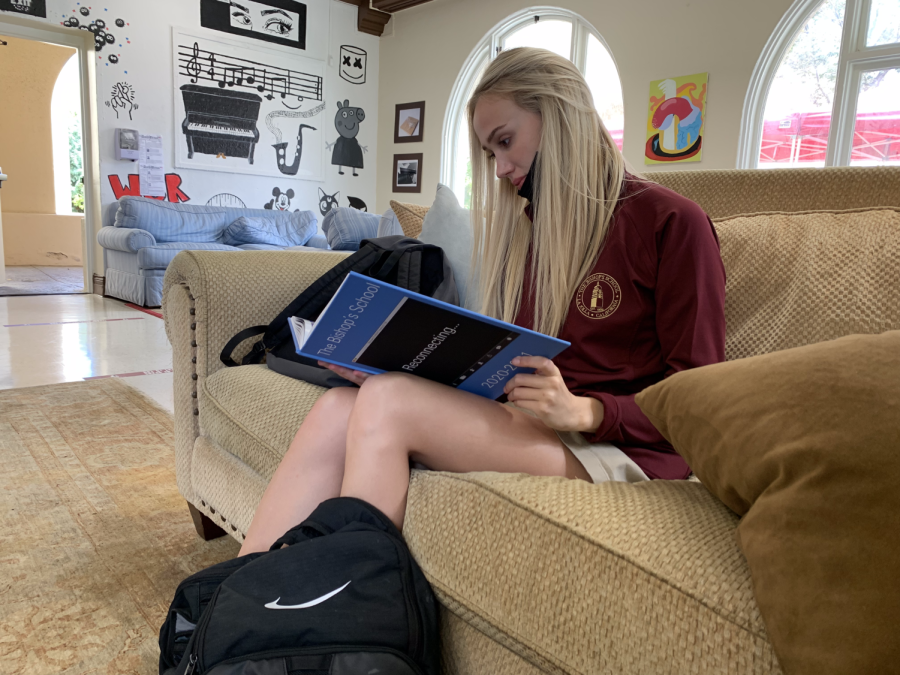

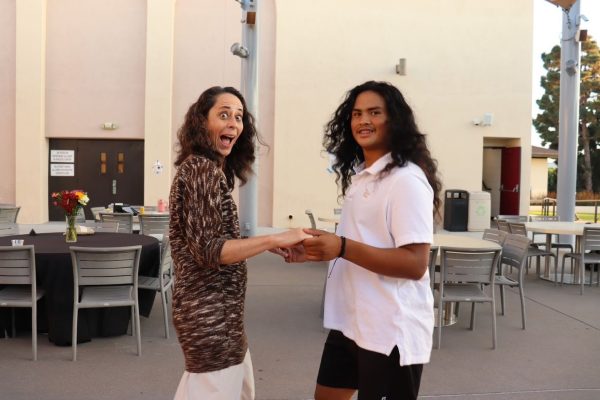
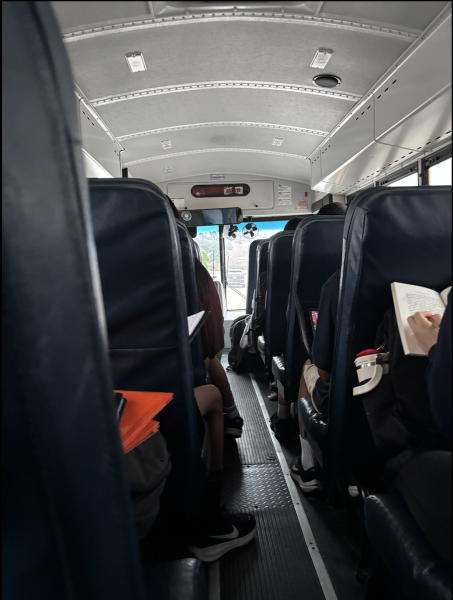
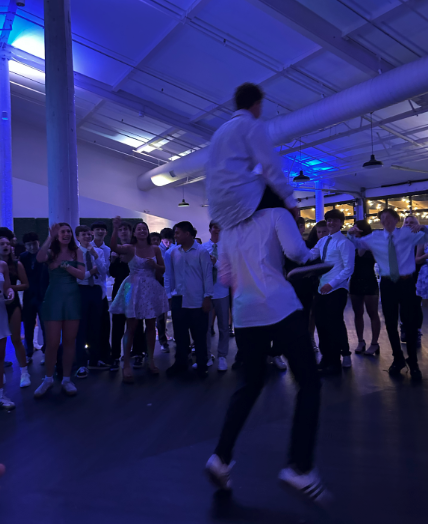
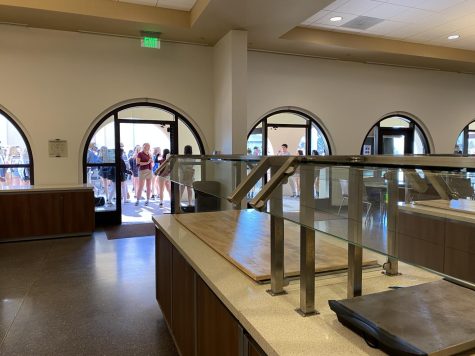
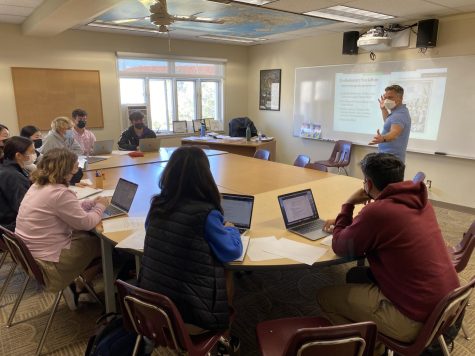
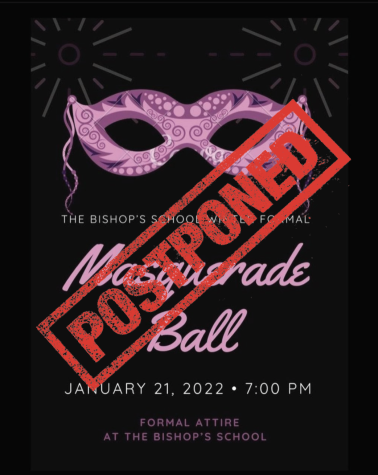
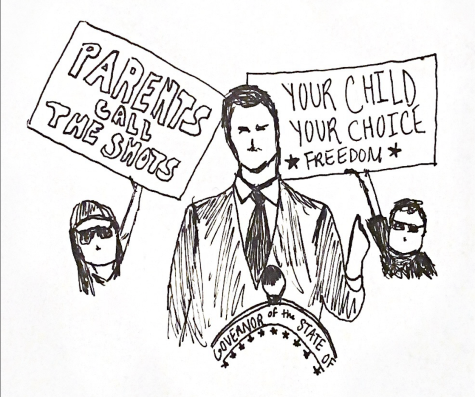
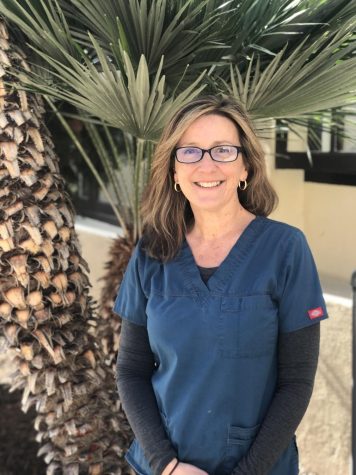
Kyle Berlage • Oct 14, 2021 at 10:32 AM
loved it